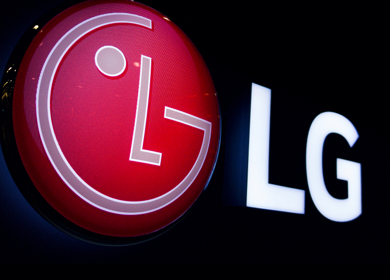I’ll tell you what I want – what I really, really want: Pinterest for the win!
Published: June 07, 2023

Pinterest is truly in a unique position now. It is deluged by users who come there with an active intent to find and buy new products or ideas and when they do find something that they like, they pin it! The simple action that the user does – pinning an idea that they like – helps power Pinterest's first-party data. And these ‘signals of intent’ – the users are interested in this – are very powerful. Even more than third-party cookies!
Pinterest is a visual discovery platform where marketers can find high-quality audience prospects – and with the looming death of third party cookies and the growing privacy concerns people have, this could be just what the doctor ordered. For marketers!
Third party cookies are expected to go away by 2024. In this scenario, Pinterest presents marketers with a whole army of intent-filled and action-oriented users and they don’t depend on third-party cookies or signals.
- According to Pinterest, every week users save (or pin) more than 40 million products, for them to consider or come back to later – as products under consideration for future purchases and this contributes to some of the many signals that power Pinterest's first-party data and targeting.
- And there is the data from the searches done on Pinterest. It is true that about 97% of top searches on the app are unbranded. But Pinterest is able to drive about 10 times the amount of branded searches off-platform – which means that marketers can engage Pinterest users at the point of making the decision – the time when they are trying to decide if they must try it out or buy!
- Every user creates signals on Pinterest when they search for something, or save it / pin it or create a board. This explicitly displays the intent of users. These actions of users can tell marketers and brands exactly what the user is looking for and the right ad / messaging at the right place can make the sales happen. The searching and pinning information can help brands create a highly personalized messaging which can influence purchase decisions.
- With the intent, interest and keywords that are used by users, brands can find ‘act-like’ or similar audiences and target them, instead of running just some re-targeting. And this will get better results. These are actually strategies that are highly doable.
- Pinterest also offers layers of targeting – and according to a study by Accenture, brands that used the most granular, interest-based targeting, along with customer lists or act-alike targeting on Pinterest, were able to get a 45% higher return on ad spend (ROAS), compared to those brands that only tried retargeting. Since Pinterest captures user interest and intent, marketers can see a lot of success that comes from purchasing byt the users.
What this means for Marketers
There is clearly a great way that Pinterest works which shows that you don’t really need this super dependence on third-party cookies or similar tools for brands to succeed.
It is absolutely clear that what fuels sales, is the intent of the customer. Pinterest is not for users to simply scroll through when they need to kill time. They come here to find ideas and inspiration that will help them decide what they will buy or what they will do. Could be a craft; It could be a home re-model! It could be inspiration for a dinner menu.
It starts with user trying to get a general idea of maybe dinner menus. Then it can become a board with ingredients and recipes. Then it starts getting specific. They shop around for what goes into the meal. Users come to get an idea of things and then finally find what works best for them.
Which is where some clever marketing messaging can do wonders – it adds to the user’s experience and it gives them an answer to what they were looking for. Ads just can’t get more relevant than this – the time, the place, the content – it is a perfect place for brands to be!
Pinterest is also designed to show users all the things that they could buy right away and all the things that they can save to buy later. And the idea of saving things to buy later encourages sales!
Ask anyone and they would tell you that brands must be on Pinterest because that is where more browsers are converted to buyers. It might appear to be ridiculously simple – that you are not really doing anything earth-shaking. But the results brands will see by being on this platform are phenomenal!
And that is because users tell you what they want. What they really, really want! And it is up to brands to just give it to them!










Be the first one to comment.